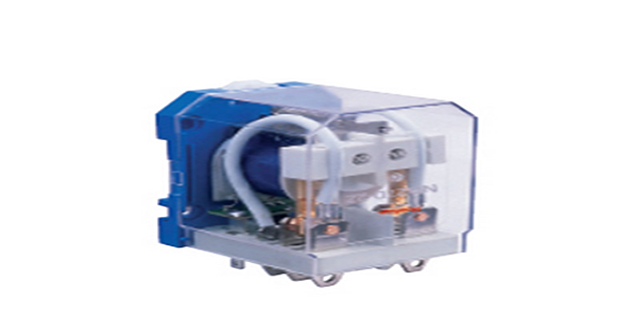What Is a Power Relay and Its Use in Applications?
Understanding the Power Relay
A power relay is an electromechanical switch designed to control high-voltage or high-current circuits using a low-power signal. Unlike simple switches, relays provide isolation between the control and load sides, ensuring safe and efficient management of electrical power. They play a vital role in automation, industrial systems, and consumer electronics, enabling precise control without direct human intervention.
Inner Workings and Components of Power Relays
At its core, a power relay consists of a coil, an armature, a spring, and one or more sets of contacts. When voltage is applied to the coil, it generates a magnetic field that pulls the armature, closing or opening the contacts. This action either completes or interrupts the circuit connected to the load.
Coil: Generates the magnetic field when energized.
Armature: Moves mechanically in response to the magnetic force.
Contacts: Carry the load current and switch states between open and closed.
Spring: Ensures the armature returns to its default position when de-energized.
Modern designs, such as Naidian Power Relays, combine these fundamental principles with improved durability and compact structures. Naidian has established a strong reputation for producing relays that meet stringent performance and safety requirements, making them widely adopted in industrial control and automation fields.
Applications
Power relays are found across a wide range of applications:
Industrial automation: Controlling motors, pumps, and heaters.
Automotive systems: Managing lights, ignition systems, and electronic accessories.
Consumer electronics: Protecting circuits in appliances like washing machines and air conditioners.
Energy systems: Switching and protection in solar power inverters and battery management systems.
Communication equipment: Ensuring stable operation of signal processing units.
Power Relay Selection and Considerations
Choosing the right power relay requires attention to several factors:
Load requirements: Voltage and current ratings must align with the application.
Contact configuration: SPDT, DPDT, or other setups depending on switching needs.
Coil voltage: Ensures compatibility with the control circuit.
Durability and life cycle: Especially critical in industrial automation where switching is frequent.
Environmental resistance: Protection against heat, dust, or moisture.
Naidian, for example, offers a wide range of models tailored for both general-purpose and specialized needs, allowing engineers to select relays that balance performance, reliability, and cost-effectiveness.
Advantages and Limitations
Advantages:
Electrical isolation between control and load.
Ability to handle high power with low control signals.
Versatility across multiple industries.
Long operational life with proper design.
Limitations:
Mechanical wear over time due to moving parts.
Slower response compared to solid-state relays.
Possible contact arcing in high-load switching.
Conclusion
Power relays remain indispensable in modern electrical and electronic systems. Their ability to control high power safely, coupled with reliability and adaptability, ensures their continued relevance despite advances in solid-state technology. By understanding their inner workings, applications, and selection considerations, engineers and users can harness their benefits effectively. Trusted manufacturers like Naidian contribute significantly to this field by providing robust and innovative power relays for a wide spectrum of industries.


